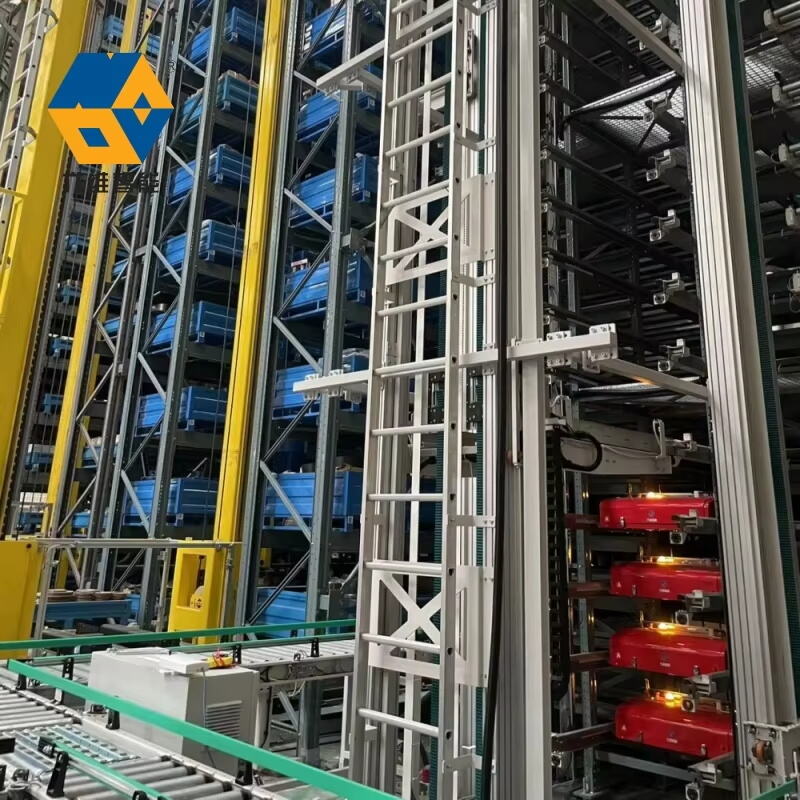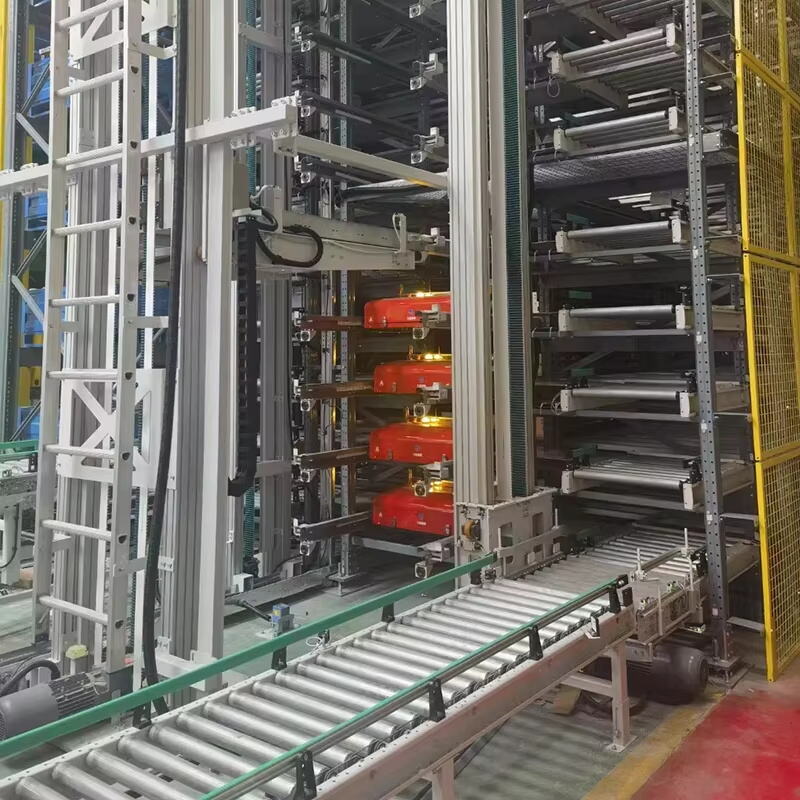Maximizing Warehouse Efficiency with Modern Storage Innovation
In today's rapidly evolving logistics landscape, warehouse managers and business owners constantly seek innovative solutions to optimize their storage space. Drive in racking systems have emerged as a revolutionary approach to warehouse organization, offering unprecedented storage density and operational efficiency. These sophisticated storage solutions enable businesses to maximize their available space while maintaining seamless access to inventory, making them an increasingly popular choice for modern warehousing operations.
The concept behind drive in racking represents a significant advancement in storage technology, allowing forklifts to enter directly into the rack structure to access pallets. This unique design eliminates the need for multiple aisles, dramatically increasing storage capacity compared to traditional racking methods. As businesses face rising real estate costs and growing inventory demands, the ability to optimize space utilization has become more crucial than ever.
Understanding Drive In Racking Fundamentals
Core Components and Design Features
Drive in racking systems consist of several essential components working together to create a robust storage solution. The framework includes vertical uprights, horizontal beams, and rail supports that form lanes where pallets can be stored. Support rails run the depth of the system, providing continuous support for pallets while allowing forklift access. The absence of cross-bracing at the entry points enables clear access for vehicles to enter the storage lanes.
The structural design incorporates heavy-duty guide rails and impact-resistant components to protect the system during forklift operations. Each storage lane typically accommodates multiple pallets stored back-to-back, creating deep storage channels that maximize space utilization. The system's height can be customized to match facility requirements, often reaching significant heights to take full advantage of vertical space.
Operational Principles and Functionality
The operation of drive in racking follows a last-in-first-out (LIFO) inventory management principle. Forklifts enter the storage lanes directly, placing or retrieving pallets from their positions along the support rails. This method is particularly effective for bulk storage of homogeneous products with consistent turnover rates. The system's design eliminates the need for separate aisles between each row of racking, significantly reducing the floor space required for storage operations.
Advanced safety features are integrated into the design, including entry guide rails, pallet stops, and load notices to ensure secure operation. The system's structural integrity is maintained through careful load distribution and regular maintenance protocols, ensuring long-term reliability and performance.

Benefits and Applications
Space Optimization Advantages
Drive in racking systems can increase storage capacity by up to 75% compared to traditional selective racking solutions. This dramatic improvement in space utilization makes them ideal for facilities with high-density storage requirements. The ability to eliminate multiple access aisles means more floor space can be dedicated to actual storage, maximizing the return on warehouse real estate investment.
The vertical optimization capabilities of these systems allow businesses to take full advantage of building height, often doubling or tripling the storage capacity of the same floor space. This vertical expansion capability proves particularly valuable in urban areas where horizontal expansion options are limited or cost-prohibitive.
Industry-Specific Applications
Cold storage facilities benefit significantly from drive in racking systems, as the reduced aisle requirements minimize the volume of space requiring temperature control. Food and beverage companies often implement these systems for storing perishable goods, as they enable efficient bulk storage while maintaining proper inventory rotation.
Manufacturing facilities use drive in racking for storing raw materials and finished products, particularly when dealing with large quantities of similar items. The system's ability to handle heavy loads and provide high-density storage makes it ideal for industries dealing with construction materials, automotive parts, and industrial supplies.
Implementation Considerations
Planning and Design Factors
Successful implementation of drive in racking begins with thorough planning and analysis of operational requirements. Key considerations include pallet dimensions, load weights, forklift specifications, and inventory turnover patterns. The facility's floor load capacity and ceiling height must be carefully evaluated to ensure proper system design and safety compliance.
Environmental factors such as temperature variations, seismic activity, and exposure to corrosive elements should inform material selection and structural design decisions. Professional assessment of these factors helps ensure the system meets both current needs and future growth requirements.
Installation and Maintenance Requirements
Professional installation of drive in racking systems requires specialized expertise to ensure proper alignment and structural integrity. The installation process includes precise leveling, secure anchoring, and thorough testing of all components. Regular maintenance inspections are essential to identify and address any wear or damage, particularly in high-traffic areas.
Training programs for forklift operators should emphasize proper entry and exit procedures, load handling techniques, and safety protocols specific to drive in racking operations. Ongoing monitoring and maintenance schedules help maintain system performance and extend operational lifespan.
Frequently Asked Questions
What is the typical lifespan of a drive in racking system?
With proper installation, regular maintenance, and appropriate use, drive in racking systems typically last 15-20 years or more. The actual lifespan depends on factors such as usage intensity, environmental conditions, and adherence to maintenance schedules.
How does drive in racking compare to push-back racking?
While both systems offer high-density storage solutions, drive in racking generally provides greater storage density and is more cost-effective for bulk storage of homogeneous products. Push-back racking offers better selectivity but requires more complex mechanical components and typically has higher initial costs.
Can existing warehouse facilities be retrofitted with drive in racking?
Yes, many facilities can be retrofitted with drive in racking systems, provided they meet structural requirements for floor loading and ceiling height. A professional assessment should be conducted to evaluate facility suitability and determine optimal system configuration.

